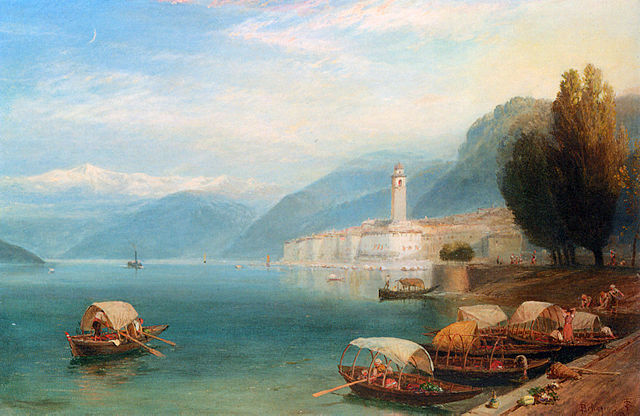Venice - Gondolas and The Art of Glassblowing
Day 9 & 10 - Explore Venice - Gondolas and the Art of Glassblowing
Many of us have chosen to take a gondola ride. It is a wonderful way to explore the Grand Canal and some of the lesser canals and interesting architecture that we might not see otherwise. In the rich republic of Venice in the 16th century, boats of all kinds glided along the canals, but it was the gondola that was the main means of transport. Even today it is still the iconic symbol of Venice. Gondolas are very precise instruments with an interesting history.
The History of the Gondola: Corruption, Wealth and Beauty
https://youtu.be/B5x5CnwQZD4
Rick Steves' Romantic Gondolas
https://youtu.be/YNk7xvq0Kc0

By 1921, the furnaces used to make molten glass were deemed a fire hazard for Venice, and so a law ordered most of Venice's glassmaking industry to be moved to the island of Murano, about one mile north of Venice in the lagoon. Glassblowing continued to prosper and is a popular tourist attraction. We will visit one of the remaining shops in Venice. If you are tempted to buy an authentic Murano piece, remember - buyer beware. Murano glass is expensive and should have documentation.
Knock-offs will be cheap.
Gondola Ride
"I am afraid I study the gondolier's marvelous skill more than I do the
sculptured palaces we glide among." Mark Twain 1869
Many of us have chosen to take a gondola ride. It is a wonderful way to explore the Grand Canal and some of the lesser canals and interesting architecture that we might not see otherwise. In the rich republic of Venice in the 16th century, boats of all kinds glided along the canals, but it was the gondola that was the main means of transport. Even today it is still the iconic symbol of Venice. Gondolas are very precise instruments with an interesting history.
The History of the Gondola: Corruption, Wealth and Beauty
https://youtu.be/B5x5CnwQZD4
Rick Steves' Romantic Gondolas
https://youtu.be/YNk7xvq0Kc0
The Art of Glassblowing
While in Venice we will visit a glassblowing factory for a demonstration.

We know that during the decline of the Roman Empire people fled from the barbarian invasions to the safety of the islands in the Venetian lagoon. Communities grew and by the 11thC Venice was an important trading center for Europe, North Africa and the Middle East. European Crusaders passed through Venice on their way to the Holy Land. Treasures of many kinds were bought and sold in Venice - spices, precious metals, gemstones, ivory and glass.
Glass began being produced in Venice around 450 by these glassmakers who had fled to the islands. The earliest archaeological evidence of a glass factory in the area is from the 7th to 8th century. The original Venetian glassmakers' skills were enriched when joined by artisans from Constantinople and the Middle East. Venetian glassmaking grew in importance for the city's economy. Around 1271, the local glassmakers' guild made rules to protect glassmaking secrets. If a glassmaker left the city without permission, he would be ordered to return or face assassination.
Doge visiting a glassblowing factory.
Doge visiting a glassblowing factory.
Knock-offs will be cheap.
Watch an artisan blow a glass horse in 2 minutes.







Comments
Post a Comment